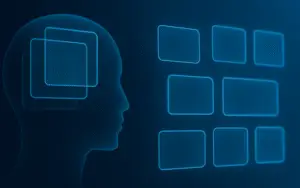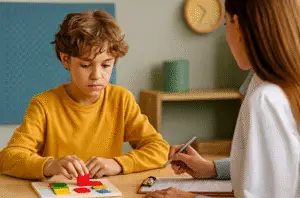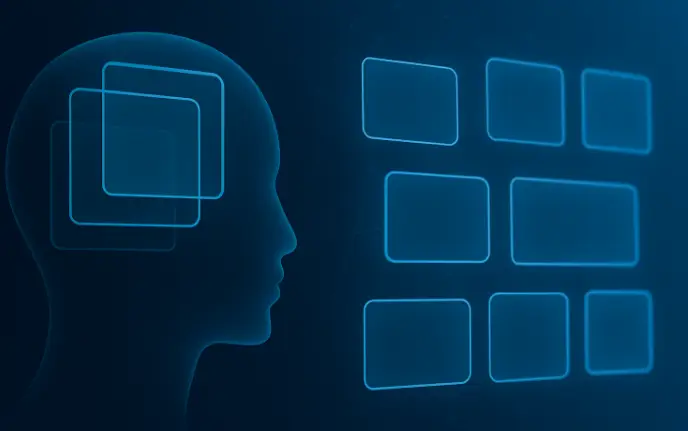In today’s rapidly evolving digital landscape, traditional educational methods are being revolutionized by the power of YT. With over 2 billion monthly active users, YouTube has become much more than just a platform for cat videos and viral challenges. It has transformed into an invaluable tool for educators and students alike, offering a wealth of educational content and endless learning opportunities.
From math tutorials to science experiments, historical documentaries to foreign language lessons, YT provides a vast library of educational videos that cater to various learning styles. This dynamic platform allows students to engage with the material in a more interactive and visual manner, making learning more enjoyable and effective.
One of the most powerful benefits of using YT in education is its accessibility. Unlike traditional textbooks, YouTube videos can be accessed anytime, anywhere, as long as there is an internet connection. This flexibility allows students to learn at their own pace, reviewing or pausing videos as needed.
Furthermore, YouTube facilitates collaboration and community building. Students can create their own educational channels, share their knowledge, and engage in discussions with others who share similar interests. This fosters a sense of community and encourages peer learning.
In conclusion, YouTube has revolutionized education by providing a platform that is both engaging and accessible. By harnessing the power of videos and fostering a sense of community, YouTube has truly transformed the way we learn in the digital age.
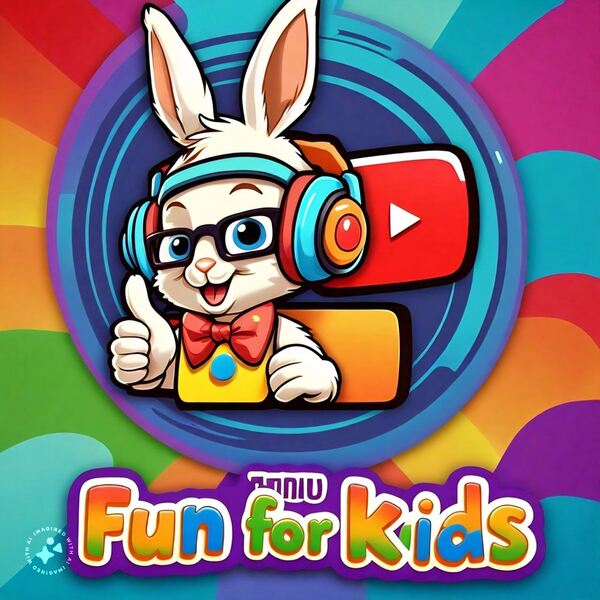
Advantages of using YT in the classroom
One of the most significant advantages of using YouTube in the classroom is the ability to tap into visual learning. As humans, we are naturally drawn to visual content, and YouTube provides a vast library of videos that cater to various learning styles. Whether it’s a math tutorial, a science experiment, or a historical documentary, YouTube videos allow students to engage with the material in a more interactive and visual manner, making learning more enjoyable and effective.
In addition to visual learning, YouTube also enhances student engagement. Traditional teaching methods often rely on lectures and textbooks, which can be monotonous and disengaging for some students. With YouTube, educators can supplement their lessons with engaging videos that bring the subject matter to life. These videos can spark curiosity, inspire critical thinking, and encourage active participation. By incorporating YouTube into the classroom, educators can create a more dynamic and interactive learning environment.
Furthermore, YouTube serves as a platform for collaborative learning. Students can create their own channels, share their knowledge, and engage in discussions with others who share similar interests. This fosters a sense of community and encourages peer learning. Students can learn from each other’s experiences, ask questions, and provide support. Collaborative learning not only enhances understanding but also develops important skills such as communication, teamwork, and problem-solving.
YT as a tool for visual learning
With its vast collection of educational videos, YouTube serves as a powerful tool for visual learning. Visual content has been proven to enhance understanding and retention of information. When students can see concepts being demonstrated or explained visually, it becomes easier for them to grasp complex ideas. For example, in subjects like science and math, where visual representations are crucial, YouTube provides a wealth of resources. Students can watch experiments, demonstrations, and simulations that illustrate abstract concepts, making them more tangible and easier to comprehend.
Moreover, YouTube offers a variety of formats that cater to different learning preferences. Some students may prefer animated videos, while others may benefit from live demonstrations or lectures. YouTube’s diverse content allows educators to choose videos that best suit their students’ needs. This flexibility ensures that students have access to a wide range of visual resources that align with their learning style, ultimately enhancing their educational experience.
Another advantage of using YouTube for visual learning is the ability to revisit and review content. Unlike traditional classroom lectures, where students may struggle to keep up with the pace or miss important details, YouTube videos can be paused, rewound, and re-watched as needed. This allows students to learn at their own pace, ensuring a better grasp of the material. Students can review videos before exams, revisit challenging topics, or reinforce their understanding of key concepts. This flexibility promotes self-paced learning, which is essential for personalized education.
Enhancing student engagement through YT videos
Engagement is a key factor in effective learning, and YouTube videos have the power to captivate students’ attention and make learning more enjoyable. With the ability to incorporate visuals, animations, and even humor, YouTube offers an engaging and immersive learning experience. Videos can present information in a dynamic and interactive manner, breaking away from the monotony of traditional teaching methods.
One way YouTube enhances student engagement is through storytelling. Educational videos on YouTube often employ storytelling techniques to present information in a narrative format. By weaving a compelling story around the subject matter, these videos create a sense of intrigue and curiosity. Students become invested in the content, wanting to know what happens next or how the story unfolds. This storytelling approach not only engages students’ attention but also helps them connect emotionally with the material, making it more memorable.
Additionally, YouTube videos can include interactive elements such as quizzes, polls, and annotations. These features encourage active participation and allow students to test their understanding in real-time. Interactive elements provide immediate feedback, helping students identify areas where they need further clarification. This form of active learning promotes critical thinking and problem-solving skills, as students are actively engaged in the learning process.
Furthermore, YouTube videos can be combined with other interactive tools and activities to create a comprehensive learning experience. Educators can incorporate online discussions, group projects, and hands-on activities that complement the videos. This multisensory approach keeps students engaged and allows them to apply what they have learned in a practical context. By combining various teaching methods and resources, YouTube videos can be a valuable tool for creating a holistic learning environment.
YT as a platform for collaborative learning
Collaborative learning is an essential aspect of education, provides a platform that facilitates collaboration and community building. Through the creation of their own educational channels, students can share their knowledge and skills with a wider audience. This not only boosts their confidence but also encourages them to delve deeper into the subject matter. By teaching others, students solidify their own understanding and develop a sense of mastery over the topic.
Furthermore, YouTube allows students to engage in discussions with others who share similar interests. Through comments, students can ask questions, provide feedback, and engage in meaningful conversations. This sense of community fosters a supportive learning environment where students can learn from each other’s perspectives and experiences. Peer learning is a powerful tool that encourages active participation and broadens students’ horizons.
Collaborative learning on YouTube also extends beyond the classroom. Students can collaborate with peers from different schools, cities, or even countries. This global perspective exposes students to diverse cultures, ideas, and perspectives, promoting a more inclusive and well-rounded education. By connecting with others through YouTube, students can develop important skills such as empathy, cultural awareness, and collaboration, which are essential in today’s interconnected world.
Accessibility and inclusivity in education through YT
One of the most significant advantages of using YouTube in education is its accessibility. Unlike traditional textbooks, YouTube videos can be accessed anytime, anywhere, as long as there is an internet connection. This flexibility allows students to learn at their own pace, reviewing or pausing videos as needed. Students who may have missed a class due to illness or other reasons can catch up on the material by accessing the relevant videos. This accessibility ensures that no student is left behind and promotes inclusivity in education.
Moreover, YouTube provides options for closed captioning and subtitles, making educational content more accessible to students with hearing impairments or those who prefer reading along. These accessibility features ensure that all students, regardless of their abilities, can benefit from the educational resources available on. Additionally, YouTube’s auto-translate feature allows videos to be translated into multiple languages, further promoting inclusivity and accommodating students from diverse linguistic backgrounds.
Another aspect of accessibility is the cost-effectiveness of using YouTube in education. Traditional educational resources such as textbooks and learning materials can be expensive, limiting access for students from lower-income backgrounds. YouTube provides a free platform where educators can share their knowledge and create valuable educational content. This democratization of education ensures that quality resources are available to all students, regardless of their financial circumstances.
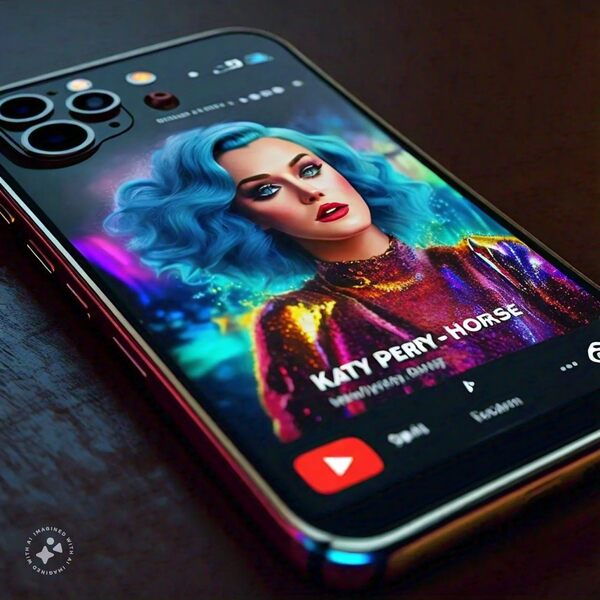
Incorporating YT into lesson plans and curriculum
To fully harness the educational potential of YouTube, educators can incorporate it into their lesson plans and curriculum. By carefully selecting and curating videos that align with the learning objectives, educators can create a cohesive and comprehensive learning experience for their students.
When incorporating YouTube into lesson plans, it is essential to ensure that the selected videos are age-appropriate, accurate, and align with the curriculum standards. Educators should review the content of the videos before incorporating them into their lessons to ensure that they meet the necessary educational requirements. Additionally, it is crucial to consider the length of the videos, as shorter videos may be more suitable for quick introductions or reviews, while longer videos can be used for more in-depth exploration of a topic.
Furthermore, educators can encourage students to create their own videos as part of assignments or projects. This hands-on approach allows students to actively engage with the material, develop their presentation and communication skills, and take ownership of their learning. By creating their own educational content, students become active participants in the learning process, fostering a deeper understanding of the subject matter.
Additionally, educators can use YouTube as a platform for flipped classrooms. In a flipped classroom model, students watch instructional videos at home and then engage in collaborative activities and discussions in the classroom. This approach allows students to come to class prepared, ready to delve deeper into the material and engage in meaningful discussions. Flipped classrooms promote self-paced learning and provide opportunities for individualized instruction.
Best practices for using in education
To ensure the effective and responsible use of YouTube in education, it is essential to follow best practices. Here are some guidelines for educators and students:
Curate content: Carefully select and review videos before incorporating them into lessons to ensure accuracy and relevance to the curriculum.
Provide context: Introduce videos with an overview or guiding questions to provide students with context and set clear learning objectives.
Monitor screen time: While YouTube can be an invaluable resource, it is essential to balance screen time with other offline learning activities.
Encourage critical thinking: Teach students to evaluate the credibility and reliability of the content they find on YouTube and encourage them to question and analyze the information presented.
Promote digital citizenship: Educate students about responsible online behavior, including respecting copyright, giving credit to original creators, and engaging in respectful discussions.
Engage with the community: Encourage students to actively participate in discussions, provide feedback, and share their own knowledge and experiences on YouTube.
By following these best practices, educators can ensure that YouTube is used as a valuable educational tool, promoting meaningful learning experiences for students.
YouTube channels and resources for educational content
YouTube is home to a myriad of educational channels and resources that cover a wide range of subjects and topics. Here are some notable YouTube channels that offer high-quality educational content:
Crash Course: Crash Course offers engaging and concise videos on various subjects, including history, science, literature, and psychology. The videos are hosted by enthusiastic educators who present the material in an entertaining and accessible manner.
Khan Academy: Khan Academy provides a vast collection of educational videos on subjects such as math, science, history, and more. The videos are structured as lessons and cover a wide range of topics, from basic concepts to advanced subjects.
TED-Ed: TED-Ed features educational videos from the renowned TED organization. These videos cover a diverse range of topics and are presented by experts in the respective fields. TED-Ed videos are thought-provoking and inspire critical thinking.
National Geographic: National Geographic offers a wealth of educational videos on topics related to nature, wildlife, geography, and exploration. These videos provide stunning visuals and in-depth insights into the natural world.
Numberphile: Numberphile focuses on mathematics and presents complex mathematical concepts in a fun and accessible way. The channel features interviews with mathematicians and explores fascinating mathematical phenomena.
These are just a few examples of the many educational channels available on YouTube. Educators and students can explore these channels and discover others that align with their interests and subjects of study.
Conclusion: Embracing the educational potential
In conclusion, YouTube has revolutionized education by providing a platform that is both engaging and accessible. By harnessing the power of videos and fostering a sense of community, YouTube has transformed the way we learn in the digital age. The advantages of using YouTube in education are numerous, from visual learning and enhanced engagement to collaborative opportunities and inclusivity. Educators can incorporate YouTube into their lesson plans and curriculum, taking advantage of the vast array of educational content available. By following best practices and promoting responsible use, YouTube can be a powerful tool for empowering students and revolutionizing the learning experience. Embracing the educational potential of YouTube allows us to tap into the vast resources and learning opportunities available in the digital age.

